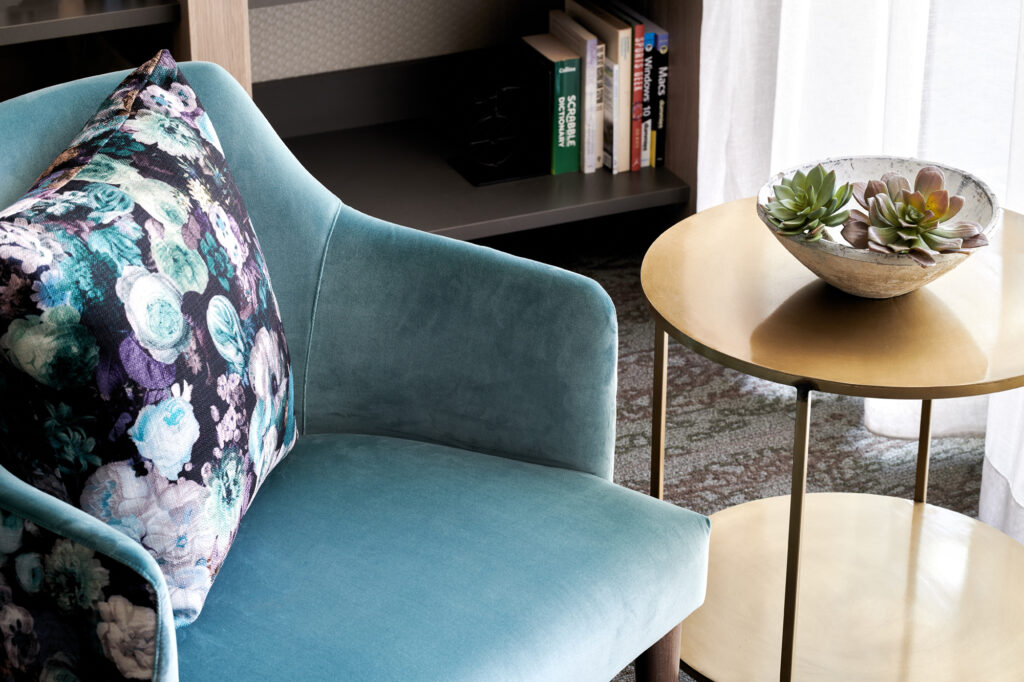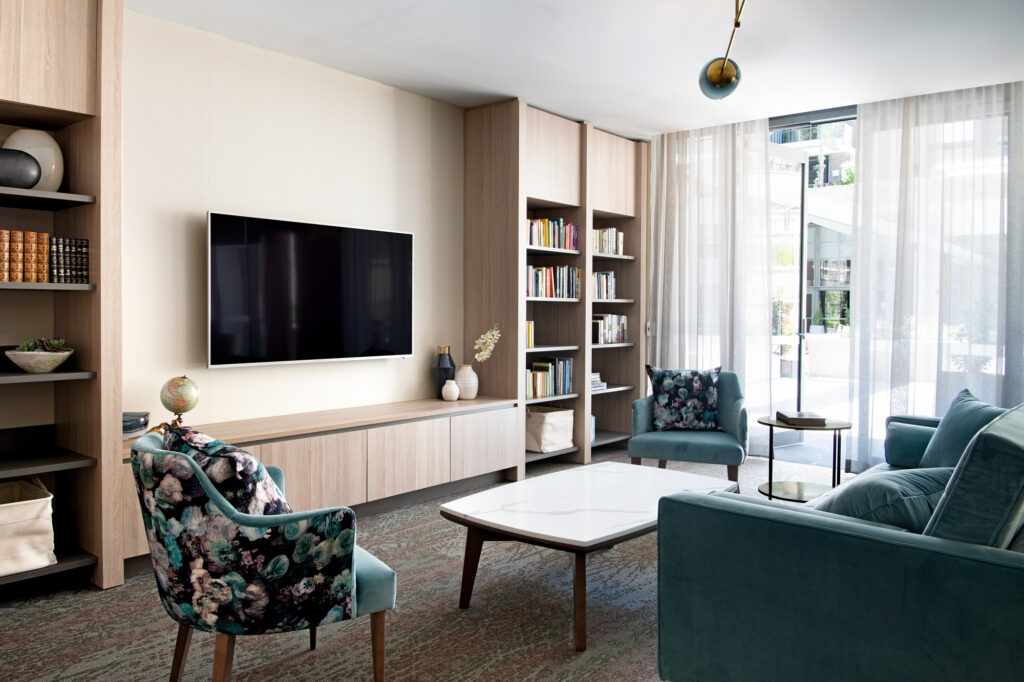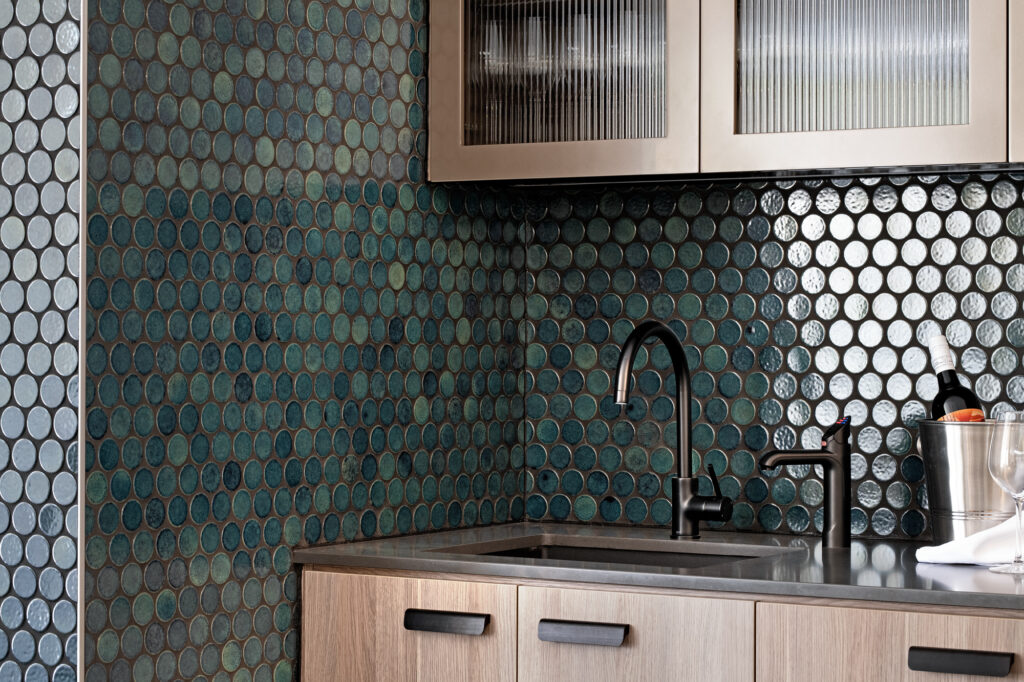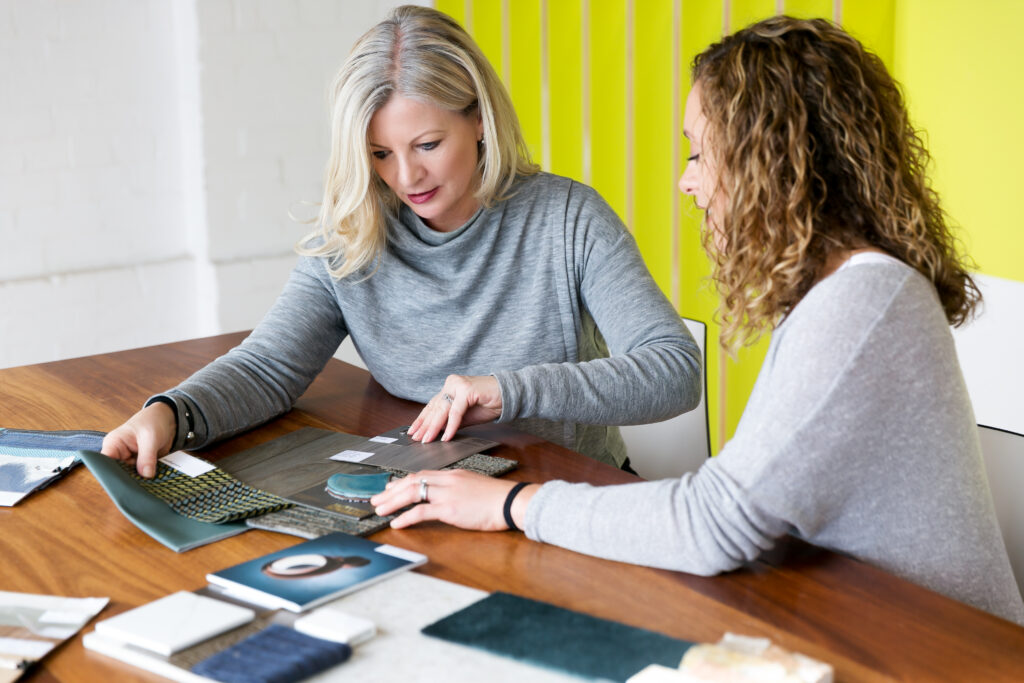That ol’ pearl of wisdom ‘Don’t sweat the small stuff’?
It applies in plenty of scenarios in our daily lives. But when it comes to the design of your home, facility or business premises, it is ALL about the details!
One of the biggest mistakes we see people making in their renovations and builds is forgetting to consider those essential design details, right from the beginning of the project.
This oversight typically happens when your focus is totally on your building structure and not on your interiors.
You might fall into this trap because of a perceived budget cost, a misconception that interior design is purely ‘decorative’ or not knowing the role an interior designer plays throughout the entire lifecycle of a project.
So, what happens when you wait too long to hire an interior designer…or choose to DIY the design details yourself? And why is it worth side-stepping this common mistake in your build or renovation project?
Read on to find out how an interior designer can help you create a more impactful and functional final product that really meets your design vision!
Before we dig in further, let’s take a minute to define what is meant by ‘design details’
Before we dig in further, let's take a minute to define what is meant by 'design details'. In the context of your home, facility or business premises, design details refer to the interior choices that shape your overall experience of a space. Examples include: ● furniture (specific choices and combinations, as well as configuration within the space) ● lighting (type and combination of lighting fixtures and intensity to create ambience and optimise function) ● decor and artworks (eg. mirrors, vases, frames, clocks, candles, baskets and other accessories) ● soft furnishings (eg. upholstery, curtains, linens, carpets, rugs, cushions, throws and table runners) ● hardware (eg. door and cupboard handles, taps, locks and hinges, fixtures for curtains and lighting) ● colour choices (for walls, ceiling, hardware, furniture, decor etc, in line with colour science and goals for the space) ● acoustics (eg. panelling in the walls or floor treatments that reduce reverberation and noise) ● interior painting (colour schemes and finishes) ● interior planting (selection of indoor plants and optimal positioning) ● flooring (eg. carpet, timber, vinyl or laminate floorboards and tiles) ● wall and ceiling design (eg. wallpapers, colour schemes, styles, finishes and textural elements) As this list illustrates, design details can be highly technical; drawing on the science of sound and colour, and considering measurements, dimension and proportion. Or they may be particularly focused on aesthetics (but this goes well beyond scattering a few cushions or picking out the perfect tile!) When done right, any interior design will involve a combination of these choices, where each design detail contributes to the overall experience of a space - its aesthetics, its functionality and the feeling it evokes. With all these choices working together, the design actually comes alive! And while the notion of 'feelings' might initially seem a little abstract, each of us already have an intuitive sense of the mood or energy that is present in any home or premises we've spent time in. We know how it feels to be in a space that feels engaging, visually pleasing, restorative and cohesive, and this knowledge is backed by research that continually affirms the link between our surroundings and our mental health and wellbeing. That’s what good design is all about!

Now let's talk about what can happen when you don't prioritise these decisions from the beginning of your project...and why an interior designer can be a real asset at this early stage.
1. You get stuck on how the space looks, without considering how it needs to function now and in the future:
Ultimately, the most impactful interiors are those that make sense for the people using it. The layout and design details you choose should enable your daily routines and meet your needs in the most efficient and effective way possible. But without the objective, expert guidance of an interior designer on board, it can be hard to see these bigger picture goals of your build or renovation. Instead, you may fixate on small aesthetic choices without considering if they really make sense the number of people inhabiting a space and the kinds of activities that occur within it. You can't effectively make design decisions if you don't think deeply about how you - and your family, team or customers - need the space to function. For example, a luxe lounge area (complete with expensive cream carpet!) or a sleek, minimalist dining room might look stunning...but if you're a parent, you'll probably benefit much more from tons of storage, kid-friendly nooks and an island bench that is ideal for pre-dinner chatter. When you lack a clear design vision and a comprehensive brief that has been specifically crafted to you, you can end up with short-sighted choices around anything from the positioning of certain appliances to the type of soft furnishings and flooring selected. But when you engage an experienced interior designer, they will always start with a comprehensive analysis of the space (known as space planning), which considers: ○ your overall design vision ○ how the space will be used ○ who will be using it and their needs and preferences ○ its environmental factors like location, climate and orientation ○ its potential design opportunities and constraints ○ how accessible and functional it currently is (and how it needs to be) This analysis means they will accurately assess the functional limitations of your space and then utilise various design details to reduce or eliminate these - while maximising all the best features and producing a design that exceeds your expectations! This might look like: ○ creating 'zones' in spaces that have multiple purposes through furniture placement and flooring choices ○ considering the layout, flow and storage options in your kitchen so that several people can use it at once ○ integrating indoor and outdoor spaces to make entertaining large groups much easier ○ using certain decor and colour choices to make smaller areas seem airy and expansive (To learn more about what space planning involves and how an interior designer can support this process, check out our two-part blog series here and here)

2. You end up making decisions in isolation, leading to a disjointed final design
With so many design details to consider in a renovation or build, it can be easy to experience decision fatigue! This is especially true when it's the first time you might have ever considered things like hardware, upholstery or lighting fixtures. You might see these as separate items to check off a very long list, rather than elements that all work together to create an intentional and inviting experience. Another trap is getting caught up in the latest decor and furniture trends. Without some objective advice to guide you and to keep you focused on your overall vision, it's common to fall down a Pinterest rabbit hole and choose details that will end up dating your design in a matter of months or that simply won’t feel true to your taste in the long-term. When you make these decisions in isolation, the final result can feel disjointed and like there's something 'not quite right'. You want the design to work as a whole! One of the trickiest truths of interior design is that when it's all working cohesively, you're less likely to identify the individual elements. As an everyday person, you may not necessarily walk into a room and comment on the cabinetry and how it has the same finish as the floorboards, or notice the combination of lamps and pendant lighting. But you are much more likely to spot when a piece of furniture is way too big for the space, when too many competing colours are used or when the lighting is harsh and jarring. An interior designer will help you make these decisions simultaneously and in alignment with your overarching vision so they feel consistent. Whether you want to create a calm and nourishing oasis in your home, or promote productivity and collaboration in your workplace, they will be able to explain why certain design details can work in harmony while others stick out like a sore thumb. An interior designer will also be able to gently guide you away from blink-and-you'll-miss-it trends and instead help you articulate your own preferences. This will give your space more personality, warmth and longevity.

3. You can blow out your budget or deal with delays
A common motivation for putting off your engagement of an interior designer - or avoiding it at all - can be a concern about budget. But as counterintuitive as it might sound, not engaging an interior designer at the beginning of your build or renovation can mean you actually end up spending more money (whether that's upfront or in the following years)! This is primarily because certain changes can become increasingly prohibitive the further you progress through your project and often come with a resulting, inflated cost. The reason for the change in question might be aesthetic, like choosing a colour, finish or piece of furniture that was on trend rather than focusing on personal taste and more timeless choices. Or it could come down to a lack of future-proofing where you realise your floor-plan isn't conducive with a growing family or kids moving into their teenage and young adult years. There can also be more technical decisions that take a lot of money and effort to change after the fact. For example, while your builder may take care of electrical and mechanical services. But without engaging an interior designer to plan out your spaces effectively, you can end up with things like fittings, fire panels and hydrants and air-conditioning in the wrong locations. By bringing this expertise of an interior designer into the mix from the early stages, you eliminate the need for these costly changes down the track. Your designer will be able to plan ahead, present you with multiple options that align with your budget and advise you on what to prioritise for the biggest impact if funds are tight. They are also likely to have extensive industry connections and be able to procure items like furniture, hardware, flooring and lighting at lower costs than you can find when searching as a layperson. Additionally, they will provide accurate timeframes that include the purchase of any special order items, so you don't have your project dragging out due to unexpected delivery delays.

We hope this blog has helped you understand all the design details that go into a typical renovation or build, and why it's so important to consider these from day one. By investing in an interior designer from the beginning of your project, you can avoid some of these common mistakes and end up with a final product that is functional, impactful and aligned to you!
